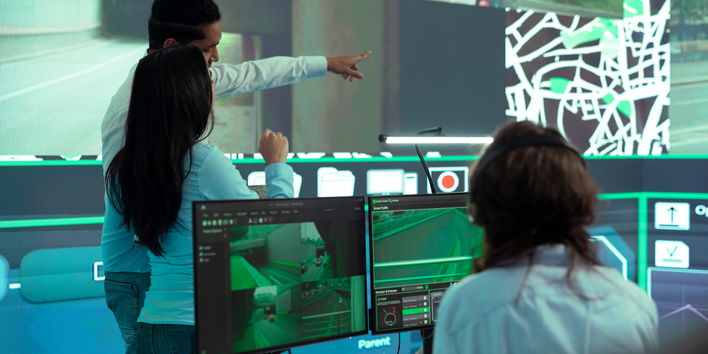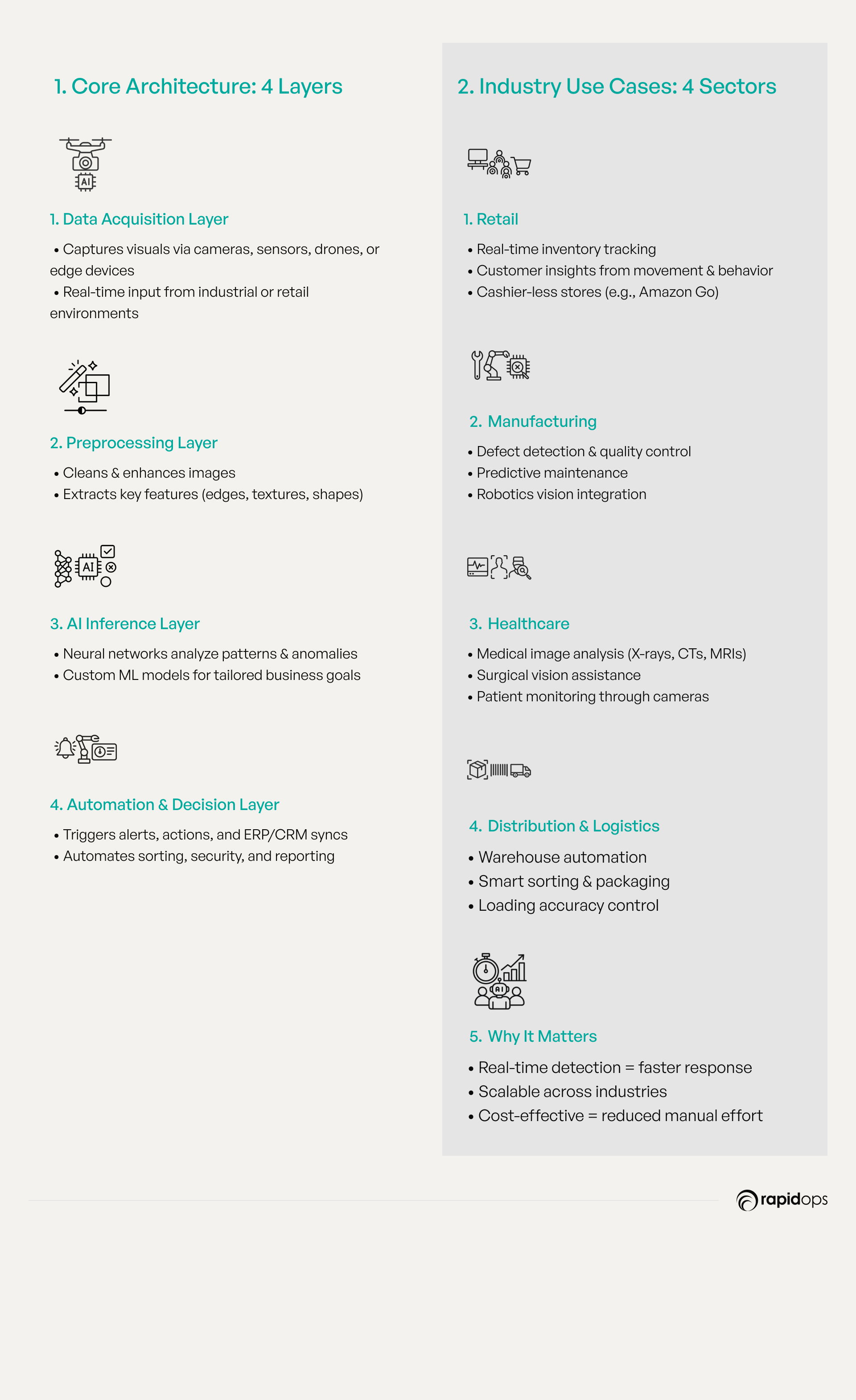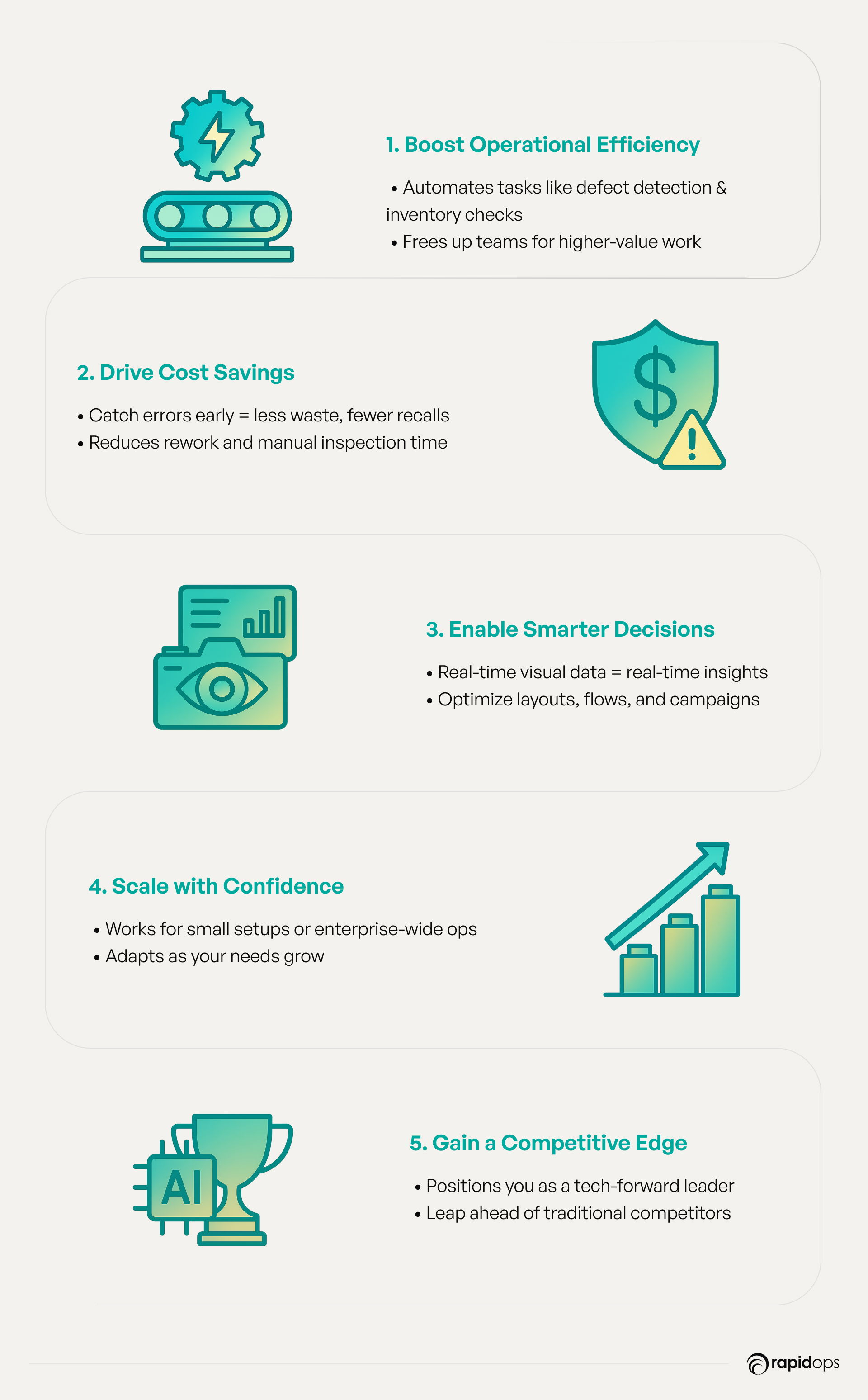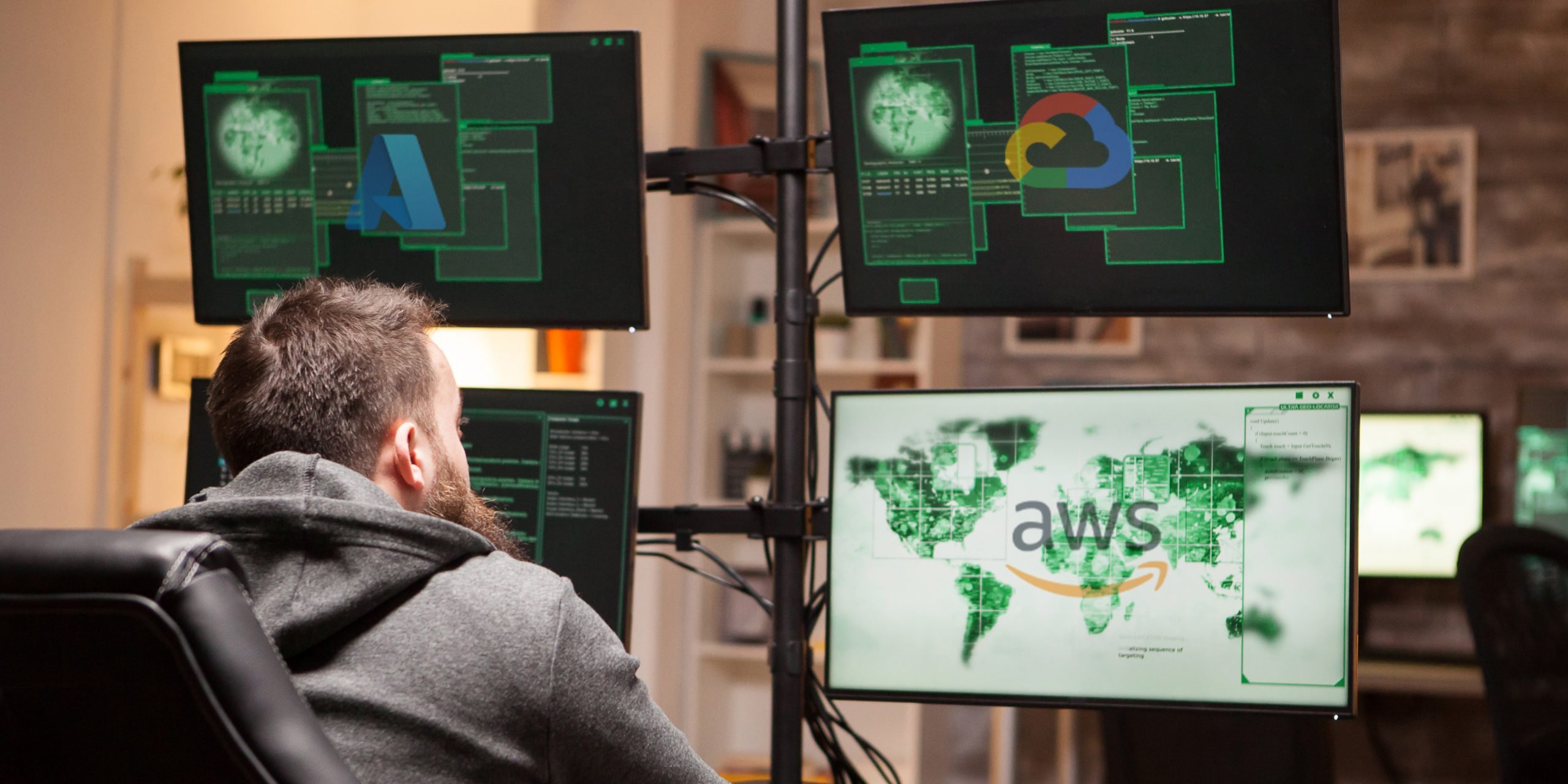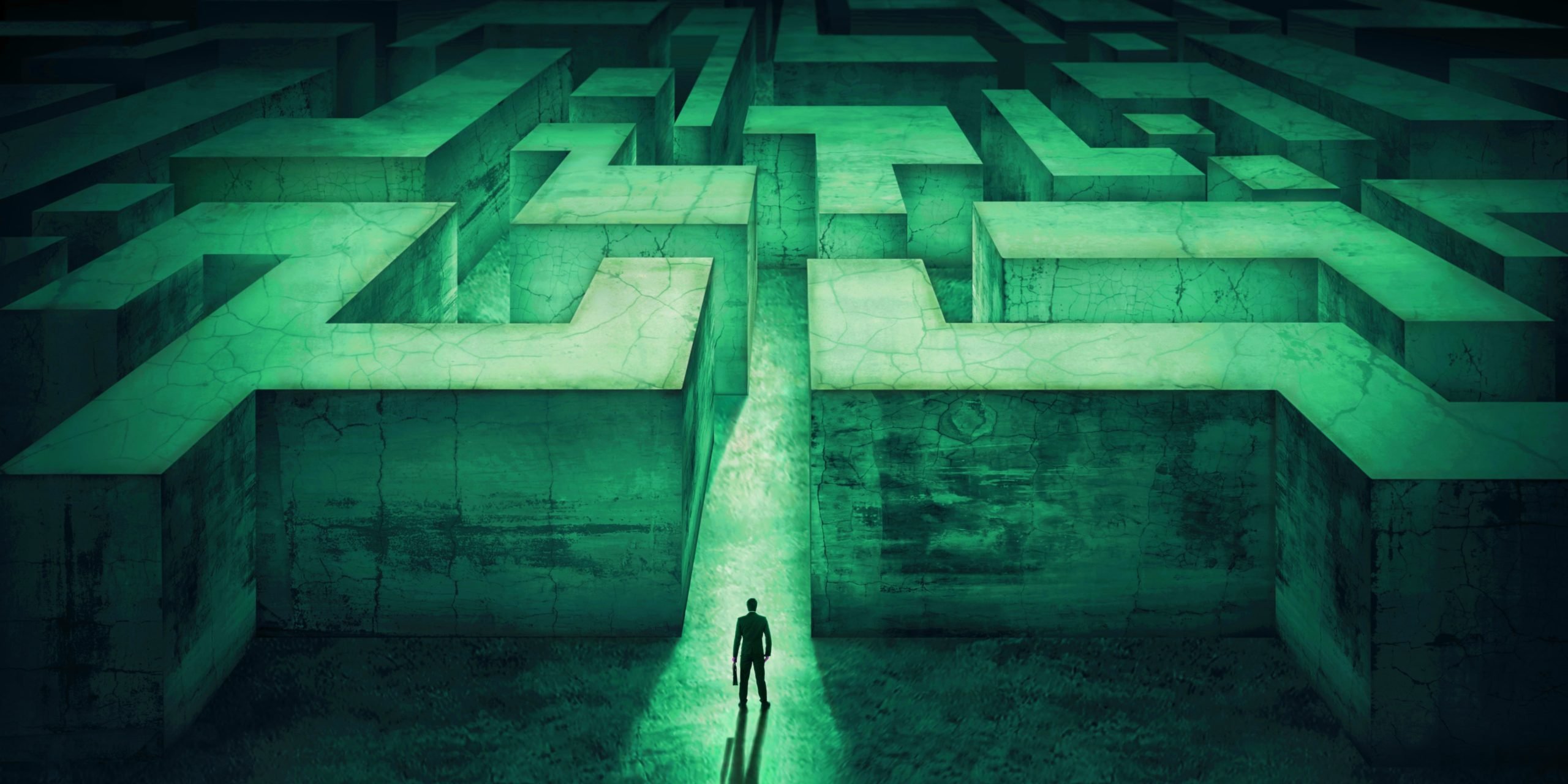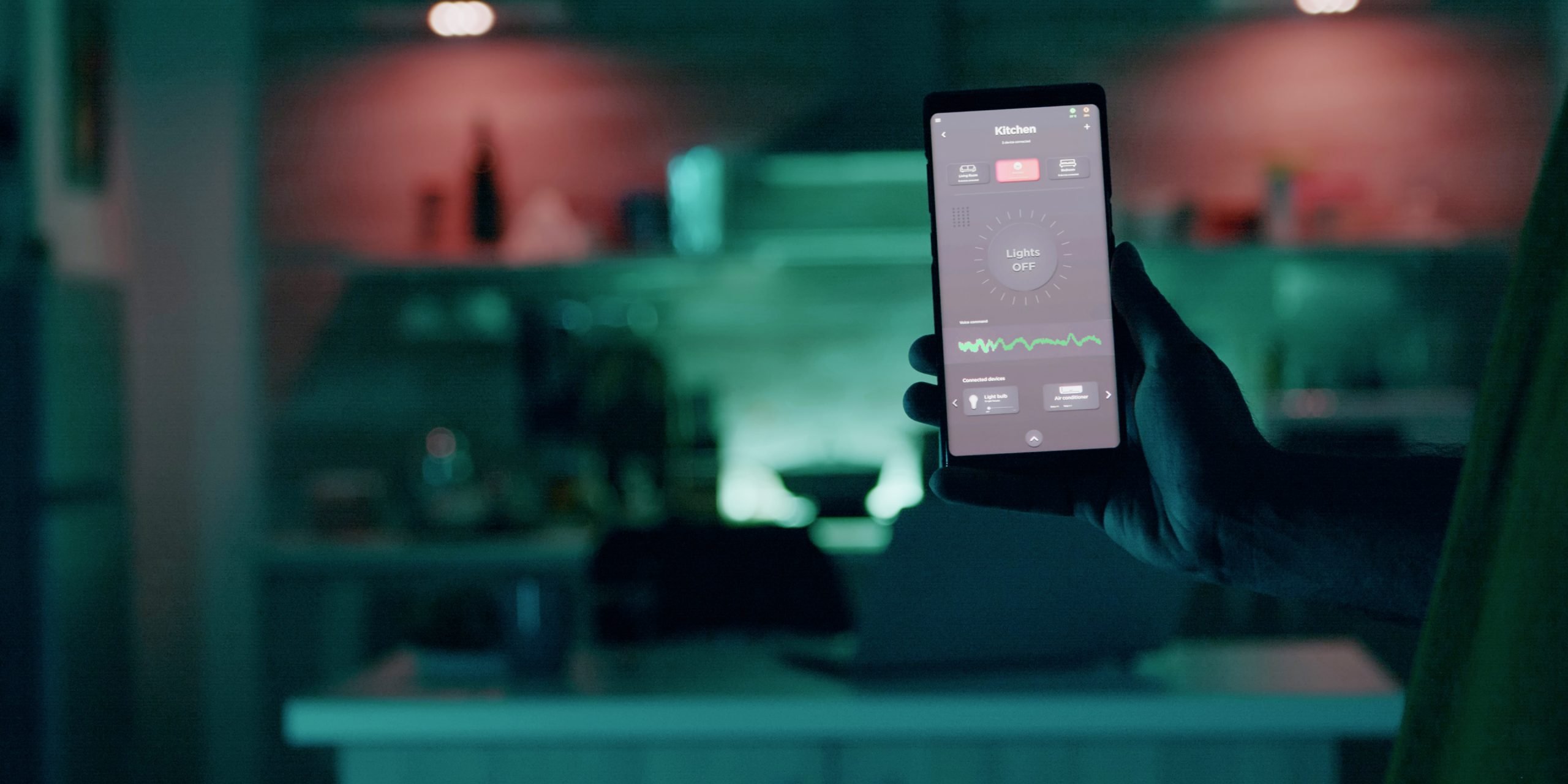- Engineering
- 12 min read
- January 2025
How a Computer Vision Solution Works for Businesses
Key Takeaways
Imagine a world where machines see, interpret, and make decisions as precisely as the human brain. That world isn’t futuristic anymore – it’s happening now!
Computer vision solutions are transforming industries, redefining how businesses operate, and creating unparalleled efficiencies.
From recognizing faces and scanning inventory to diagnosing diseases and automating quality checks, computer vision is a must-have tool for forward-thinking businesses.
Are you ready to unlock its potential?
Let’s explore how this game-changing technology works and why it’s critical for businesses to stay ahead in a fiercely competitive market.
What is a computer vision solution?
At its core, a computer vision solution is a blend of artificial intelligence (AI), machine learning, and image processing technologies that enable machines to interpret and act on visual data.
Think of it as teaching machines to “see” and “understand” the world around them, similar to how humans process visual information.
Working example: Quality control in Manufacturing
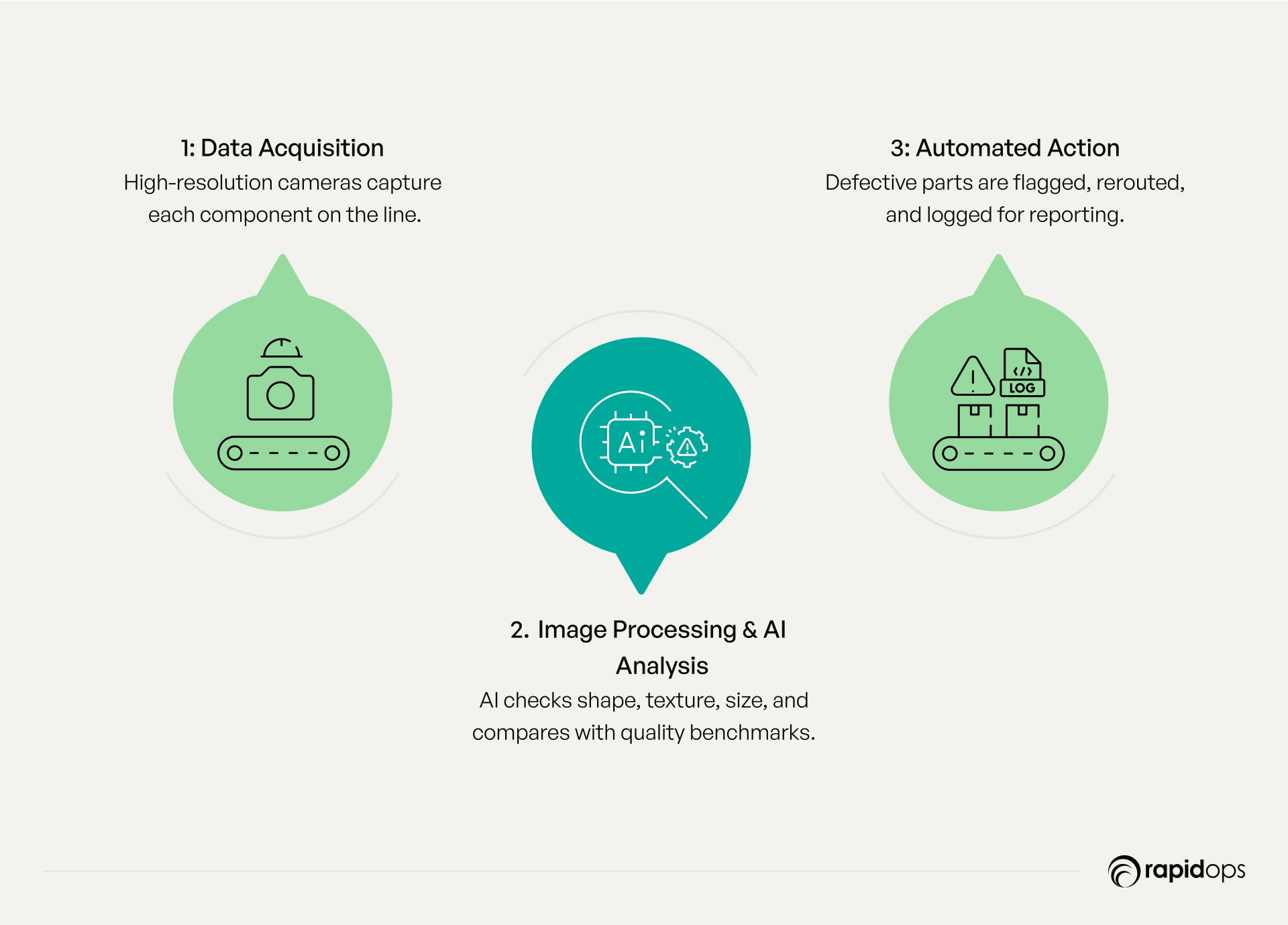
Imagine a large-scale manufacturing facility producing thousands of components daily.
Ensuring that each component meets quality standards manually is time-consuming and prone to errors. Enter a computer vision solution.
- Data acquisition: High-resolution cameras are installed along the production line to capture images of each component.
- Image processing: The captured images are processed to isolate the component’s visual features, such as size, shape, and surface texture.
- AI analysis: The system compares these features against predefined quality benchmarks. For example, it checks for scratches, uneven edges, or missing parts.
- Automation and action: If a defect is detected, the system flags the component and redirects it off the production line for further inspection or repair. Simultaneously, it updates the defect logs for reporting and trend analysis.
The result?
Faster detection of defects, improved product quality, and significant cost savings by reducing waste and minimizing manual inspections.
By seamlessly integrating these steps, a computer vision solution not only enhances operational efficiency but also delivers consistent and reliable results that are difficult to achieve through human efforts alone.
How does a computer vision solution work?
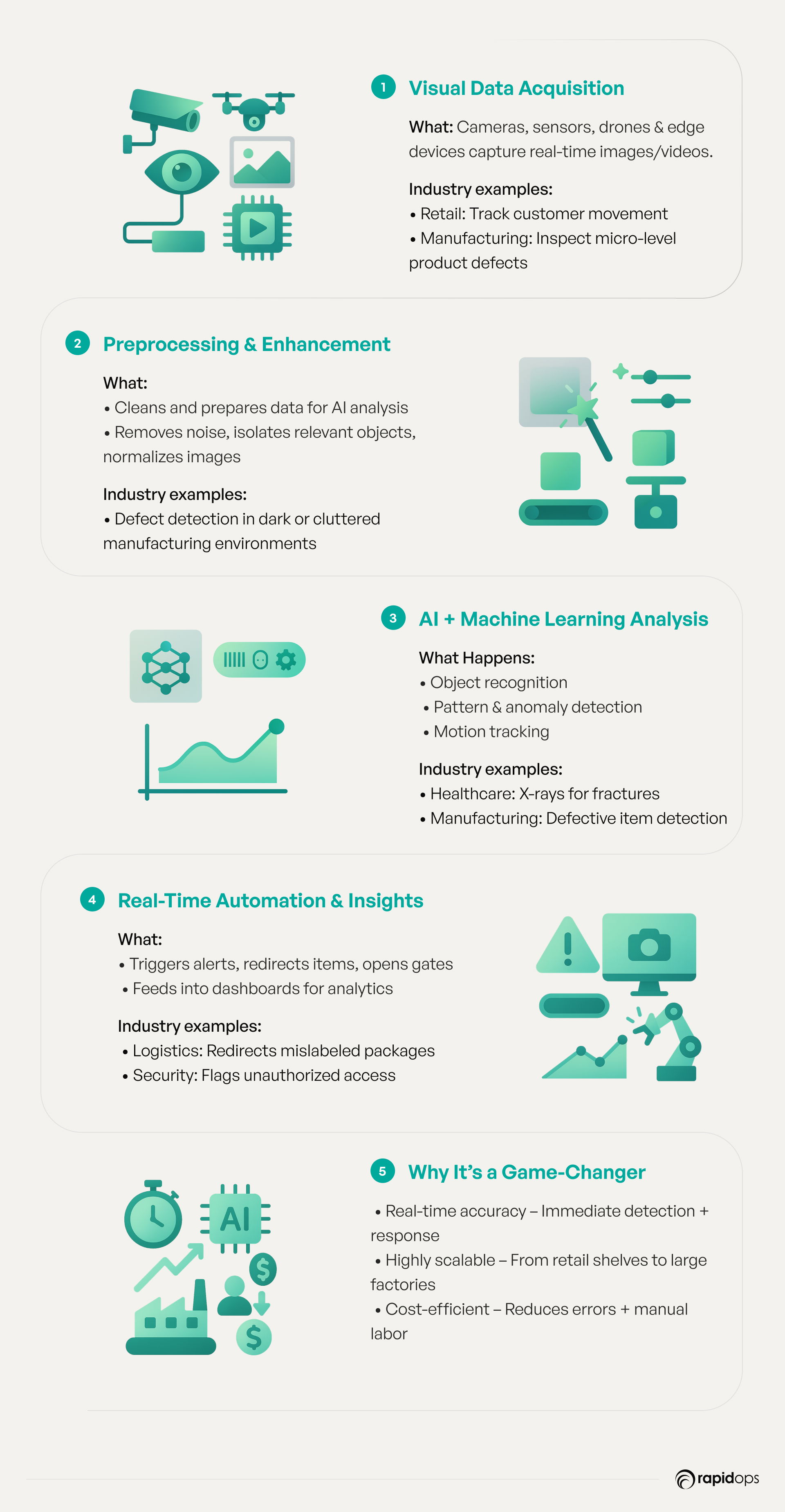
A computer vision solution operates through a structured process that transforms raw visual data into actionable insights. Let’s explore how it works in a more technical and detailed manner:
A computer vision solution operates through a structured process that transforms raw visual data into actionable insights. Let’s explore how it works in a more technical and detailed manner:
1. Visual data acquisition
The foundation of any computer vision system starts with collecting visual data through:
Cameras & sensors: High-resolution cameras, infrared sensors, or LiDAR devices capture real-time images and videos.
Drones & IoT devices: Used in industries like construction and agriculture for wide-area monitoring.
Edge devices: Devices equipped with AI chips for real-time processing without sending data to external servers.
Example: In retail, overhead cameras monitor customer movement, while in manufacturing, high-speed cameras capture microscopic product details for quality control.
2. Data preprocessing & enhancement
Raw image or video data undergoes preprocessing to improve its clarity and ensure accurate analysis:
Noise reduction: Eliminating blurs, distortions, or background noise.
Image segmentation: Isolating objects of interest from the background.
Normalization & scaling: Adjusting contrast and brightness for consistency.
Example: In an automated manufacturing line, preprocessing isolates a product’s image from conveyor belt shadows, making defect detection more precise.
3. AI and machine learning algorithms
The preprocessed visual data is analyzed using deep learning and machine learning models:
Object detection & recognition: Identifies and labels objects (e.g., barcode scanning, face recognition).
Pattern & anomaly detection: Finds irregularities such as defective products or medical anomalies.
Pose estimation & motion tracking: Used in sports analytics and human activity monitoring.
Example: In healthcare, AI-powered computer vision analyzes X-ray images to detect fractures or abnormalities with high accuracy.
4. Real-time decision making & automation
Once analyzed, the system generates actionable insights that lead to automated responses:
Automated alerts: Notifications about defective items, security threats, or unusual patterns.
Triggering physical actions: Sorting items in a warehouse, rejecting defective products, or opening automated gates.
Analytics & reporting: Data-driven dashboards for human decision-makers to optimize processes.
Example: A distribution center’s computer vision system detects mislabeled packages and redirects them automatically without human intervention.
Why computer vision is a game-changer?
Unlike traditional inspection or monitoring methods, computer vision offers:
✅ Real-time processing – No delays in detecting and correcting issues.
✅ Scalability – Works across industries, from small businesses to enterprise-level operations.
✅ Cost Efficiency – Reduces manual labor and increases operational accuracy.
Businesses leveraging computer vision solutions gain speed, precision, and a significant competitive edge in automation and decision-making.
A computer vision solution is built on a multi-layered architecture that integrates speed, accuracy, and scalability. Unlike traditional manual processes, it operates continuously, providing businesses with real-time insights and automation. Let’s explore the key elements of its architecture and how they work together.
Computer vision solution architecture: Key components
A robust computer vision system consists of the following layers:
1. Data acquisition layer (Input layer)
- Cameras & sensors: Captures images and video in real-time.
- IoT devices & drones: Collects large-scale visual data from industrial sites or warehouses.
- Edge devices: AI-powered hardware that processes data on-site for low-latency responses.
Example: A factory installs high-speed cameras to capture product images on a production line for defect detection.
2. Data preprocessing layer
- Noise reduction & image enhancement: Improves clarity and removes irrelevant details.
- Feature extraction: Detects edges, textures, and shapes for further analysis.
- Normalization & scaling: Standardizes images to fit the AI model’s input requirements.
Example: In autonomous vehicles, LiDAR sensors preprocess road images by removing reflections and unnecessary background objects.
3. AI processing & model inference layer
- Neural networks & deep learning models: Detects patterns and objects within images.
- Classification & anomaly detection: Categorizes objects (e.g., distinguishing healthy vs. defective products).
- Customizable ML pipelines: Allows businesses to fine-tune models for their unique needs.
Example: A retail analytics system uses convolutional neural networks (CNNs) to recognize customer foot traffic patterns.
4. Decision-making & automation layer
- Automated alerts & notifications: Informs human operators of critical issues.
- Integration with Business Systems: Connects with ERPs, CRMs, and supply chain software.
- Triggering Robotic Systems: Automates sorting, packaging, and quality control actions.
Example: A computer vision-based security system detects unauthorized access and automatically locks down restricted areas.
How computer vision transforms businesses
By integrating these architectural components, businesses gain:
✅ Real-time Analysis – Instant identification of defects, threats, or inefficiencies.
✅ Scalability – Adaptable for industries ranging from retail and healthcare to manufacturing.
✅ Cost Savings – Reduces labor-intensive tasks and prevents costly errors.
Computer vision works tirelessly, making businesses faster, smarter, and more efficient—far beyond what traditional methods can achieve.
Business use cases of computer vision
Computer vision’s adaptability across industries makes it a transformative tool for various applications. Here’s an in-depth look at how it’s reshaping key sectors:
1. Retail
Retailers are leveraging computer vision to redefine the shopping experience and streamline operations. Here’s how:
- Inventory management: Real-time stock monitoring with computer vision eliminates manual checks and ensures optimal stock levels. For example, cameras can detect empty shelves and trigger restocking alerts.
- Customer insights: Vision systems analyze customer behavior, helping retailers optimize store layouts and product placement. This leads to increased sales and enhanced customer satisfaction.
- Cashier-less shopping: Stores like Amazon Go use computer vision to track items customers pick up, enabling a seamless checkout experience without lines or cashiers.
2. Manufacturing
Manufacturing facilities are integrating computer vision to enhance productivity and ensure quality control. Key applications include:
- Defect detection: Automated systems analyze products for flaws like scratches, misalignments, or missing components. For example, an automotive plant might use vision systems to inspect car parts before assembly.
- Predictive maintenance: Vision-powered tools monitor equipment for signs of wear and tear, reducing downtime by scheduling timely maintenance.
- Robotics integration: Computer vision guides robotic arms in precise tasks, such as assembling parts or packing products, ensuring high accuracy.
3. Healthcare
The healthcare industry is witnessing groundbreaking advancements through computer vision. Key applications include:
- Medical imaging: Computer vision analyzes X-rays, MRIs, and CT scans to identify anomalies like tumors, fractures, or arterial blockages. This accelerates diagnosis and improves accuracy.
- Surgical assistance: Vision systems guide surgeons during complex procedures by providing real-time imaging and precision insights.
- Patient monitoring: Cameras equipped with vision technology monitor patient vitals, detecting irregularities such as changes in skin color or breathing patterns.
4. Distribution
In the distribution and logistics sector, computer vision optimizes processes to improve efficiency and accuracy. Examples include:
- Warehouse automation: Vision systems automate inventory scanning, ensuring accurate stock counts and reducing human errors.
- Sorting and packaging: Automated systems use vision to identify and sort items based on size, weight, or destination labels, speeding up operations.
- Loading accuracy: Vision technology ensures that the correct items are loaded onto delivery vehicles, reducing shipping errors and customer complaints.
Each of these applications demonstrates how computer vision delivers measurable improvements in efficiency, accuracy, and customer satisfaction across industries. Businesses that adopt this technology are better positioned to thrive in competitive markets.
Benefits of implementing a computer vision solution
Why should businesses embrace computer vision? Here are the standout benefits:
- Enhanced operational efficiency: Automating time-consuming processes such as inventory checks or defect detection frees up employees to focus on strategic tasks, driving overall productivity.
- Cost savings: By minimizing errors, reducing waste, and improving accuracy, computer vision significantly lowers operational costs. For example, defective products can be identified early, saving costs associated with recalls or rework.
- Better decision-making: With real-time visual data analysis, businesses can make smarter, data-driven decisions. For instance, insights from customer behavior in retail can optimize store layouts or marketing campaigns.
- Scalability: Computer vision solutions grow with your business, adapting to new demands or expanded operations. From small-scale implementations to enterprise-level deployments, scalability is built-in.
- Competitive edge: Businesses that adopt computer vision early position themselves as innovators, gaining a significant edge over competitors who rely on traditional methods.
The benefits of computer vision aren’t just theoretical – they’re practical, measurable, and transformative.
How to choose the right computer vision solution
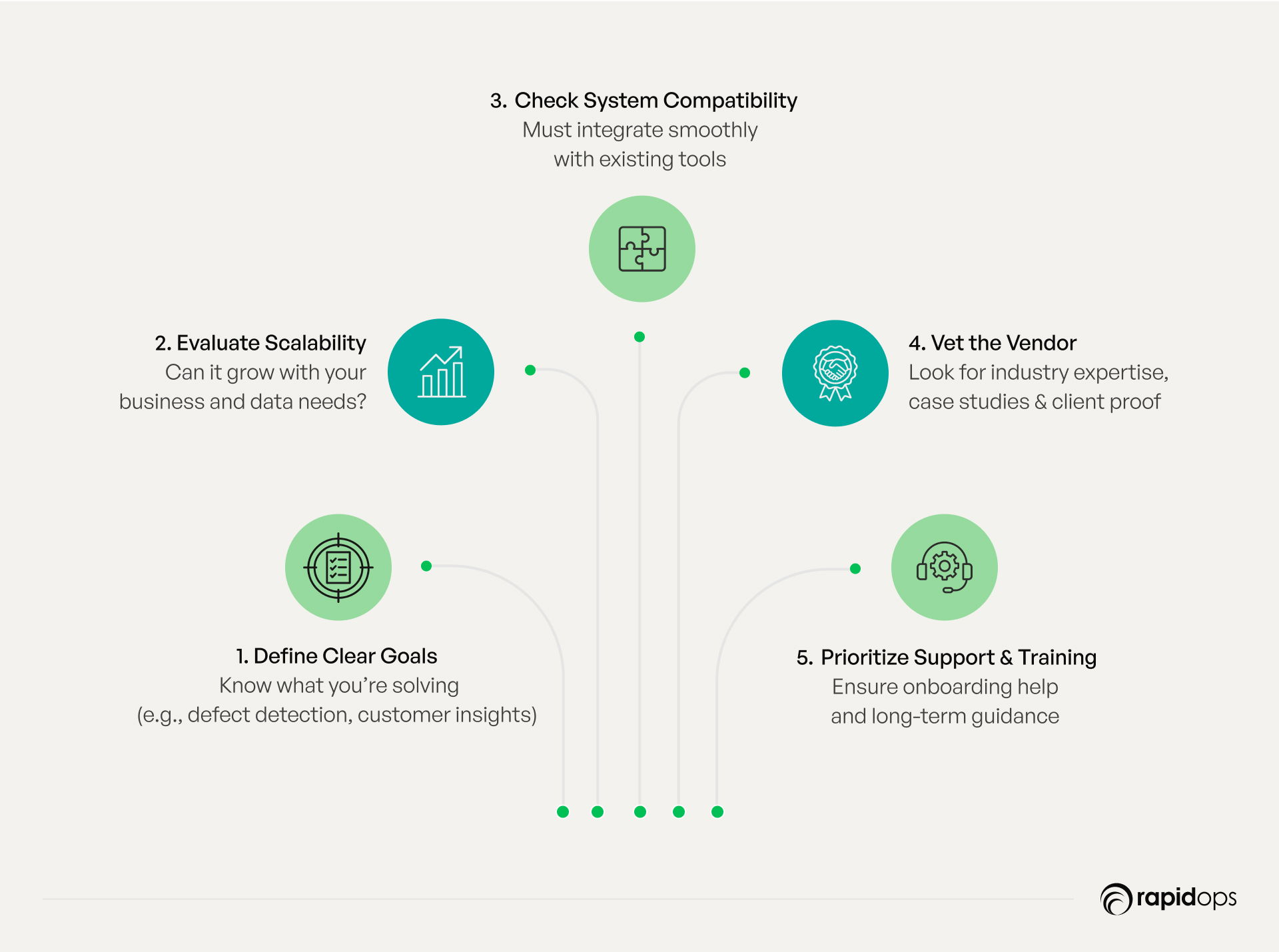
Selecting the right computer vision solution is critical to ensuring its success. Here’s a comprehensive guide to help you make the right choice:
- Define your goals: Start by identifying the problem you want to solve. Are you looking to automate quality control? Improve customer experiences? Your goals will guide the solution’s requirements.
- Evaluate scalability: Choose a solution that can grow with your business. For example, if you plan to expand operations, ensure the system can handle increased data volumes or additional use cases.
- Ensure seamless integration: The solution should work effortlessly with your existing systems and infrastructure. Check compatibility with your current software, hardware, and workflows.
- Research vendors: Look for vendors with proven expertise in your industry. Ask for case studies, client testimonials, and demonstrations to ensure they understand your unique needs.
- Prioritize support and training: A reliable vendor will offer robust support and training to help your team maximize the system’s potential. Ensure post-implementation support is included in the package.
By following these steps, you can confidently select a computer vision solution that aligns with your business goals, budget, and long-term vision.
Conclusion
As the pace of innovation accelerates, the power of computer vision is shaping the future of business. This transformative technology isn’t just about solving today’s challenges—it’s about redefining what’s possible tomorrow.
From empowering retailers with intelligent inventory systems to enabling healthcare professionals to deliver life-saving diagnoses faster, computer vision is revolutionizing industries and rewriting the rules of efficiency, accuracy, and decision-making.
At Rapidops, we don’t just implement computer vision solutions; we partner with you to envision what’s next for your business.
Our team blends deep technical expertise with creative problem-solving to design bespoke solutions tailored to your unique needs.
Whether it’s crafting robust architectures, integrating cutting-edge tools, or leveraging the latest AI advancements, we provide the foundation and talent required to bring your vision to life.
We believe in turning challenges into opportunities and ideas into impact. Ready to see what computer vision can do for your business? Schedule a free discovery call with our experts today.
Let’s collaborate to transform your processes, unlock unprecedented potential, and position your business as a leader in the digital era. Because the future doesn’t wait—and neither should you.
Frequently Asked Questions
What industries benefit the most from computer vision solutions?
How can businesses implement a computer vision solution effectively?
What are the biggest challenges in adopting computer vision technology?
What are the ROI benefits of using a computer vision solution?
What’s Inside
- What is a computer vision solution?
- Working example: Quality control in Manufacturing
- How does a computer vision solution work?
- Computer vision solution architecture: Key components
- Business use cases of computer vision
- Benefits of implementing a computer vision solution
- How to choose the right computer vision solution
- Conclusion
